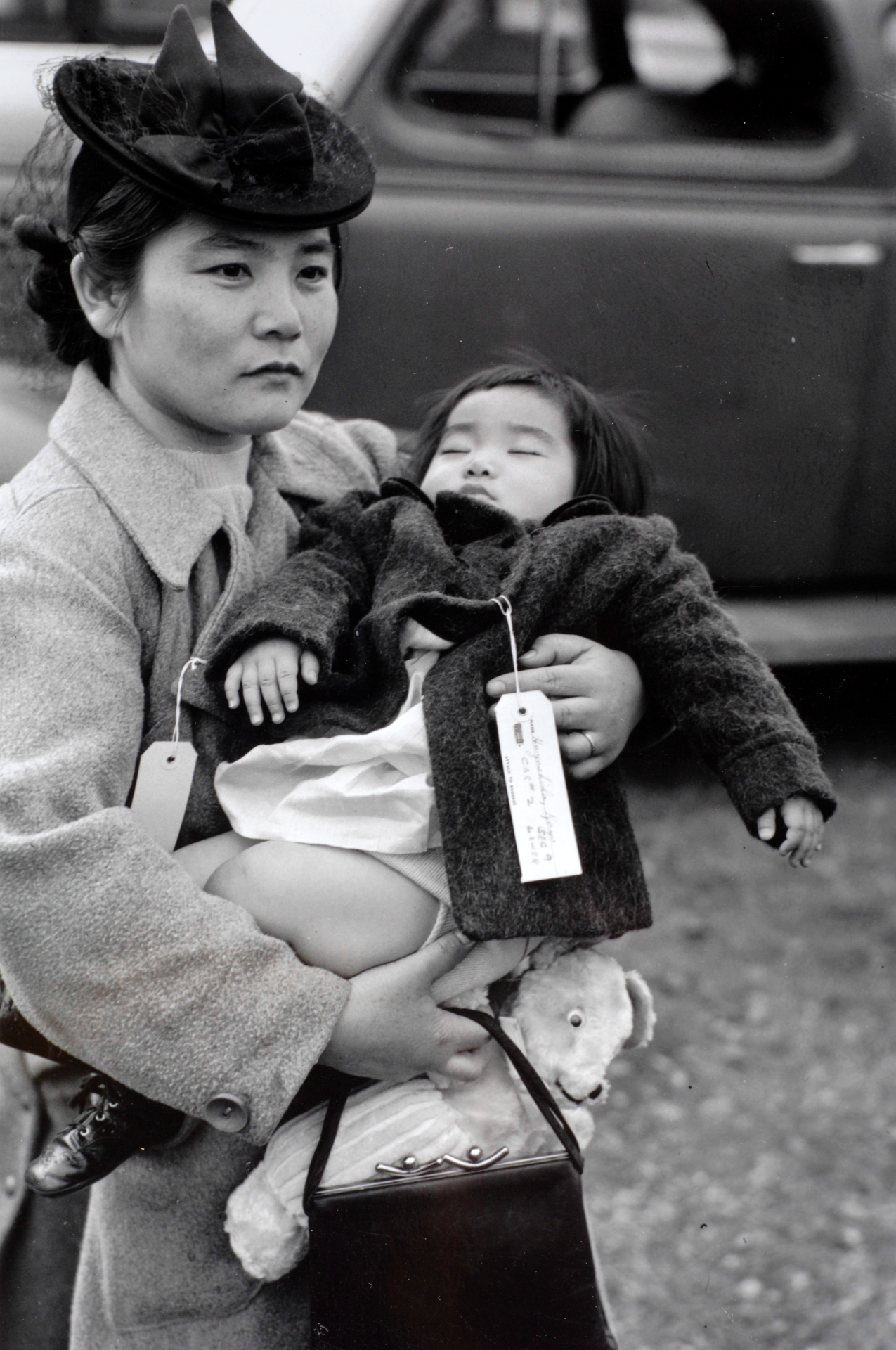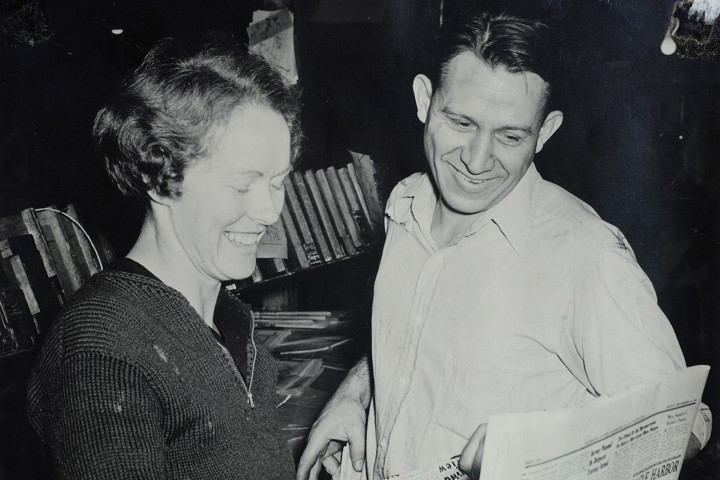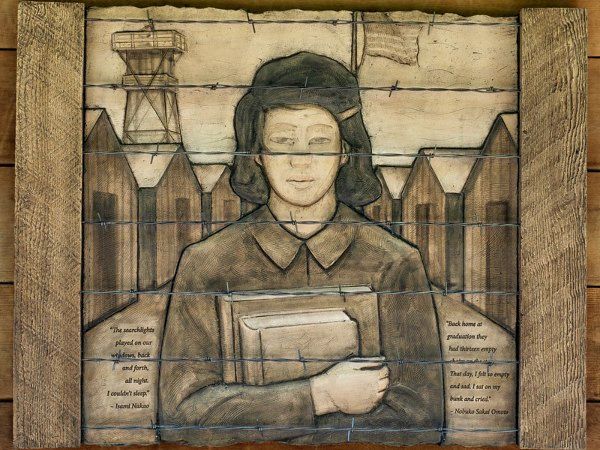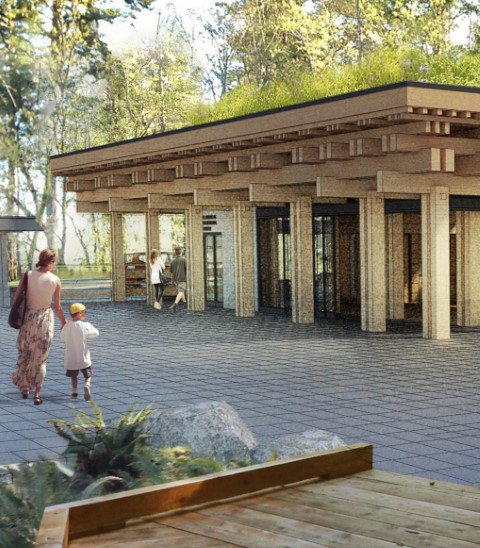
Honoring a Legacy, Remembering a Community
The Bainbridge Island Japanese American Exclusion Memorial stands as a poignant testament to the resilience and spirit of a community faced with adversity during World War II. A unit of the Minidoka National Historic Site in Jerome, Idaho, this memorial commemorates the profound impact of the Japanese American incarceration, with a particular focus on the residents of Bainbridge Island.
A Rich Heritage
Japanese immigrants first arrived on Bainbridge Island in the 1880s, contributing their labor to the island’s thriving sawmills and logging industry. As the mills gradually closed, these immigrants transitioned to become farmers and small business owners, deeply ingraining themselves into the fabric of the island’s community.

A Painful Chapter
The outbreak of World War II and the bombing of Pearl Harbor brought about an unjust and unprecedented moment in history. Under President Franklin D. Roosevelt’s Executive Order 9066 and Civilian Exclusion Order No. 1, the Bainbridge Island Japanese Americans became the first in the nation to face exclusion from the West Coast. With just six days’ notice, 227 individuals were forcibly removed from their homes, leaving behind the lives they had built. On March 30, 1942, they embarked on a journey of uncertainty, departing by ferry enroute to a concentration camp in Manzanar, CA. Some islanders later moved to a camp in Minidoka, Idaho. An iconic Seattle Post-Intelligencer photograph captured the poignant moment when Bainbridge Island resident Fumiko Hayashida and her 13-month-old daughter boarded the ferry, forever etching this experience into the annals of history.

Voices of Resistance
Amidst the upheaval of those times, the Bainbridge Review, the local newspaper, took a courageous stance by vehemently opposing the Exclusion. They fearlessly penned editorials denouncing the infringement upon Constitutional rights while upholding the values of justice and humanity. Additionally, the newspaper extended their support by continuing to publish correspondence from their Japanese American friends and neighbors, who were unjustly held in the confines of the concentration camps.
The Memorial Unveiled
 Over the past two decades, the Memorial has taken shape, serving as a powerful tribute to this chapter of American history. Designed by local architect Johnpaul Jones, the outdoor cedar Story Wall bears the names of all 276 Japanese and Japanese Americans who were residents of the island during that pivotal period. Intricate friezes on the wall weave together the history of the Japanese American community on Bainbridge Island, from their incarceration to their homecoming when the war concluded. The memorial opened its doors to the public on July 30, 2011.
Over the past two decades, the Memorial has taken shape, serving as a powerful tribute to this chapter of American history. Designed by local architect Johnpaul Jones, the outdoor cedar Story Wall bears the names of all 276 Japanese and Japanese Americans who were residents of the island during that pivotal period. Intricate friezes on the wall weave together the history of the Japanese American community on Bainbridge Island, from their incarceration to their homecoming when the war concluded. The memorial opened its doors to the public on July 30, 2011.
A Living Tribute
Continuing to evolve, the Memorial now includes a Departure Deck situated on the shore of Eagle Harbor, marking the precise location of the original Eagledale Ferry Dock. Sculptural artwork, dedicated in September 2022, vividly evokes the day of departure.
Looking Ahead

Explore the stories, share in the legacy, and stand with us in preserving the memory of those who endured and triumphed during this challenging era in American history.
BIJAEMA
The Bainbridge Island Japanese American Exclusion Memorial Association (BIJAEMA) is a nonprofit 501(c)(3) organization that created the Memorial.
Its Mission is threefold:
- To oversee a permanent memorial at the site from which the Japanese and Japanese Americans of Bainbridge Island were forcibly excluded under Executive Order 9066 and Civilian Exclusion Order No. 1 during World War II.
- To honor the exiled Bainbridge Islanders of Japanese descent and their friends and neighbors who stood by them and welcomed them home by making the Memorial a place both of healing and of learning, where the human rights lessons of the internment can be shared widely, and the foundational idea of Nidoto Nai Yoni, “Let It Not Happen Again”, can be made perpetually relevant to future generations.
- To lend its voice to the public discussion whenever, wherever and however human rights, including without limitation rights guaranteed by the Constitution of the United States, are put in jeopardy by people, regimes or policy.